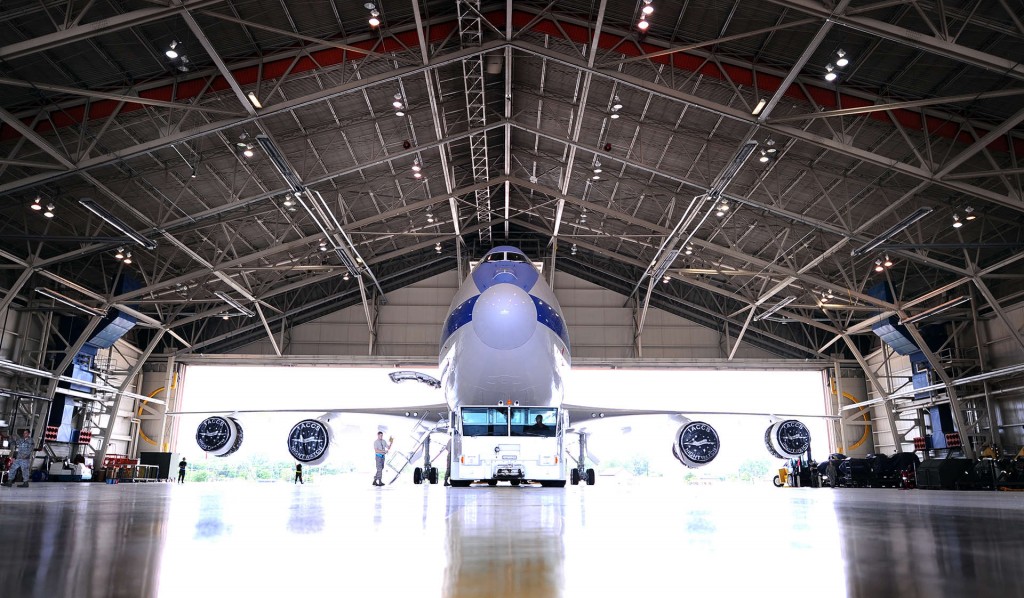Storms Damage Doomsday Alert Aircraft and Put Security at Risk
The military maintains a fleet of doomsday aircraft that are always on alert and can be deployed within minutes when a national emergency strikes. They are intended be used to evacuate officials and provide command and control services when other systems are in danger of being destroyed. They are essentially our last line of defense against being completely knocked off-the-grid during an unprecedented emergency.
Reserved for Serious Crises
To illustrate how rarely these aircraft are used, the last time they were called into service was during the attacks of 9/11. However, this small fleet of high-tech and fortified planes are always ready to be launched at a moments notice. That is, they were until a tornado severely-damaged part of the fleet when severe weather recently rolled through the Heartland. While the government maintains that our readiness-capabilities were never in jeopardy as backup aircraft were available, primary flight crews, military and civilian government officials were grounded for the better part of a couple of days. If a catastrophe were to strike during or immediately after that storm, chances are it would have had a crippling-effect on management and recovery efforts.
Fragile Defense System
The idea of having multiple layers of protection has been a cornerstone of our national defense since the dawn of the Cold War. Whether it involved keeping bunkers stocked and ready for an emergency evacuation, or taking to the air in order to escape a nuclear holocaust, our security has depended on these fragile contingency plans. When one or more of these resources goes off-line, it throws our entire emergency response capabilities into disarray. It’s only when things go wrong that we really get to see how vulnerable we really are.
Having a primary defense system knocked down by a tornado illustrates the foolishness of our leaders who think up these plans, along with the gullibility of the public who believe they can somehow protect us from the sheer devastation of a doomsday event. The entire system is based on the premise that people will be where they need to be, planes will be ready to fly, and there will be enough warning time to set everything in motion. Of course, most of these systems were built around the primary threat that existed at the time: A nuclear holocaust.
Failure to Adapt
It could easily be argued how the range of threats that we encounter today requires a re-examination of our response capabilities. In fact, there is a good chance that we would never get planes off the ground or evacuate leadership to bunkers when a modern threat strikes. Consequently, these lines of defense are illusory at best and life-threatening to an unwary population at worst. This brings us to the point of this incident: Our level of readiness is little more than a smokescreen that gives us the illusion of safety while promoting a false-sense of security.
How Prepared are You?
Whether or not you believe that our government’s lack of readiness is part of a conspiracy or little more than simple ineptitude doesn’t change the fact that the average person on the street is vulnerable. The question that you should be asking is whether or not you can fend for yourself if and when such an emergency arises. This is just one of an endless list of examples, many of which we’ve discussed before, of how the government is more-interested in power and control as opposed to pursuing what is in the best interests of the people.
Furthermore, the responsibility to be prepared always falls primarily on the shoulders of individuals and families who can see beyond the illusion of safety that the public is fed every day. If a defense system that is designed to keep the country connected during a holocaust can be knocked out by a storm, what other kinds of vulnerabilities are we facing?
It will take months, if not the better part of a year, to repair the disruption that this storm caused, but this is not something that we will hear about from officials or the media. It will also take time for officials to come up with another plan to fill the gaps until things get back to normal. Chances are that we won’t encounter a nuclear attack anytime soon. However, if this token gesture is one of our first lines of defense, imagine how foolish some of our contingency plans for dealing with a wide-range of disasters may be as well.
How prepared are you to weather a devastating, apocalyptic disaster? Take this opportunity to do some serious soul-searching so you can start coming up with plans of your own.


